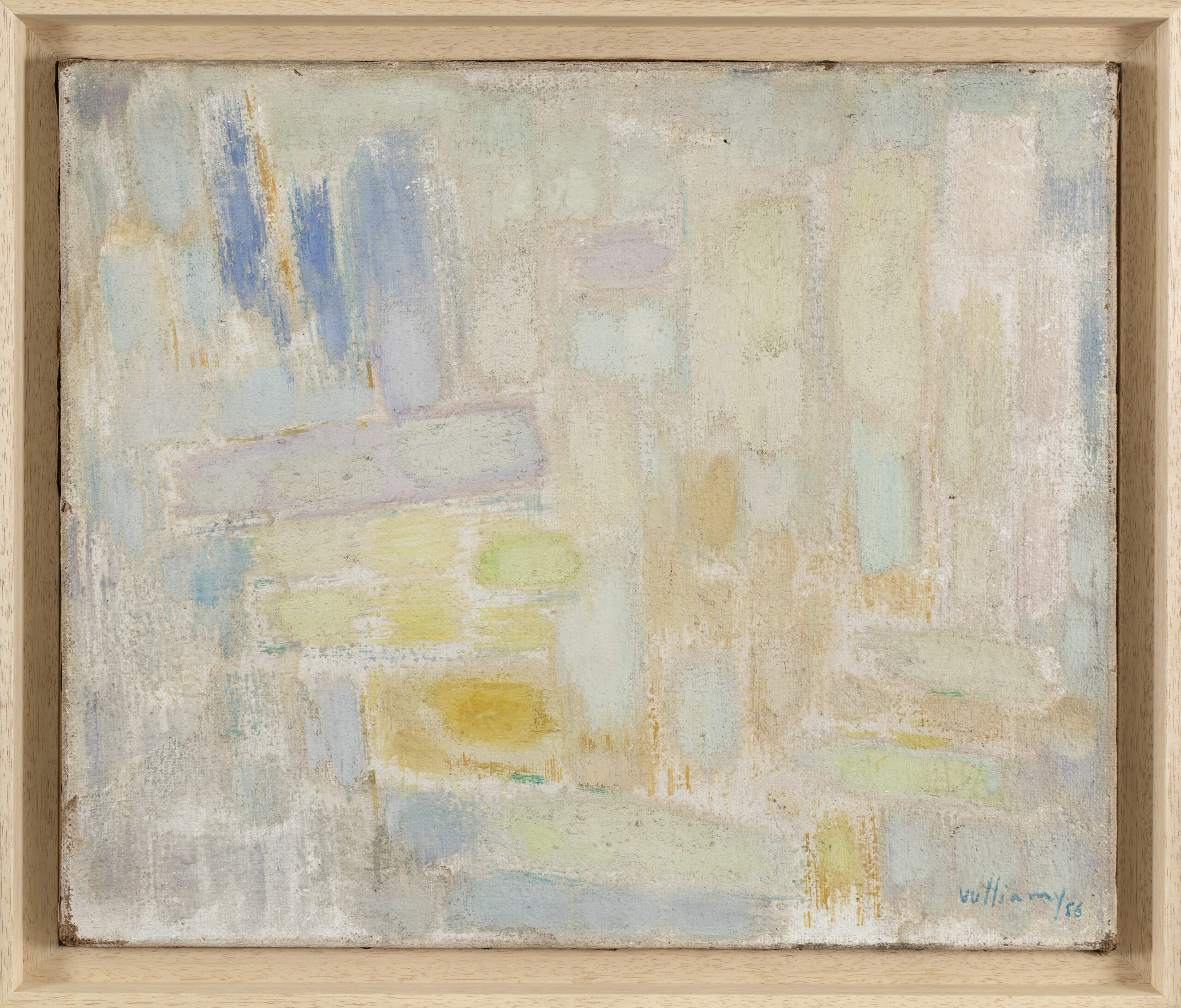Gérard Vulliamy, born on March 3, 1909, in Paris and passed away on July 20, 2005, in Labastide-d’Armagnac, was a Swiss painter known for his innovative artistic journey that embraced several movements, including abstraction and surrealism.
The son of Alfred Frédéric Charles Louis Vulliamy, a commission agent, and Marie Louise Dierauer, Gérard grew up on Rue du Faubourg-Poissonnière in a household where creativity was encouraged.
Starting in 1928, Vulliamy began to delve into painting after taking courses in drawing and decoration. He attended the Académie d’André Lhote for four years. In 1932, he joined the “Abstraction-Création” group, where he formed connections with artists such as Jacques Villon, Robert Delaunay, Auguste Herbin, and Piet Mondrian. That same year, he held his first solo exhibition at the Galerie Pierre in Paris.
In the early 1930s, Vulliamy turned towards surrealism and participated in the “International Surrealist Exhibition” in 1938. His creations from this period, such as “La Salamandre Pompéienne” and “Le Cheval de Troie,” reveal an original approach blending the fantastic with deep reflections on humanity and its environment. “Le Cheval de Troie,” in particular, is celebrated as a surrealist masterpiece, exploring themes of erosion and transformation.
During World War II, Vulliamy remained in Paris and became one of the founders of the underground journal “La Main à plume,” while collaborating with poets such as Paul Éluard and Francis Ponge. This period intensified his artistic commitment, illustrated by works like Éluard’s “Souvenirs de la maison des fous” in 1945.
After the war, Vulliamy shifted towards abstract art, integrating elements of lyrical abstraction into his work. In 1948, he reaffirmed his return to abstraction, inspired by the teachings of his predecessors and the light of the Midi. His works then took on a new dimension, characterized by iridescent colors and dynamic forms.
Over the decades, he participated in numerous exhibitions in France and abroad, including retrospectives at the Museum of Darmstadt in 1962 and the Picasso Museum.
